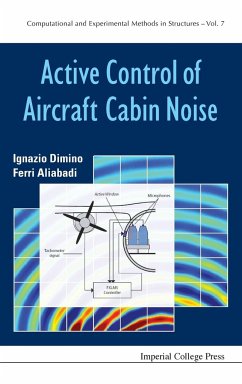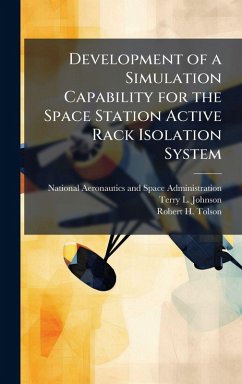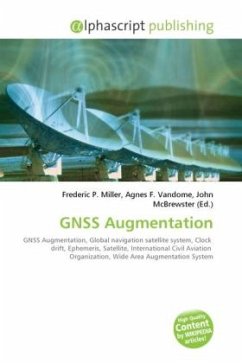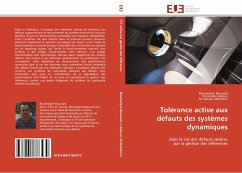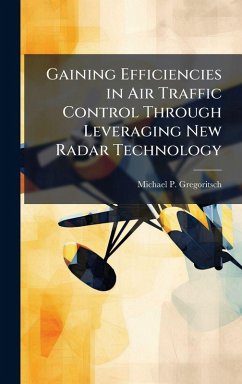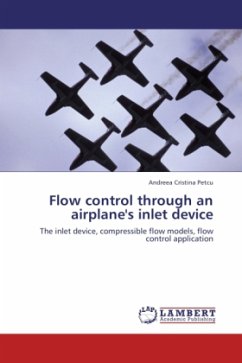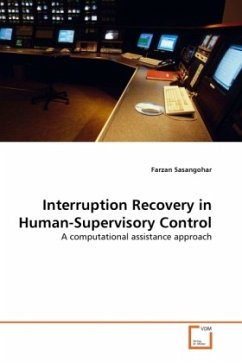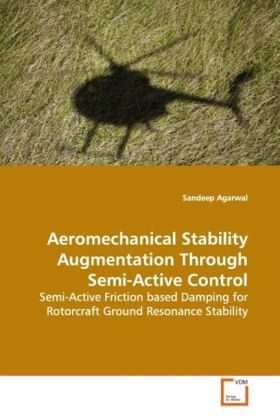
Aeromechanical Stability Augmentation Through Semi-Active Control
Semi-Active Friction based Damping for Rotorcraft Ground Resonance Stability
Versandkostenfrei!
Versandfertig in 6-10 Tagen
45,99 €
inkl. MwSt.

PAYBACK Punkte
23 °P sammeln!
Helicopter rotors have traditionally been equippedwith passive dampers for aeromechanical stability. These passive systems have fixed characteristics, andadd to mechanical complexity and high maintenancecost. Furthermore, they are unable to change tocompensate for an unexpected loading trends astypically encountered by a rotary wing vehicle. Semi-active control strategies are dissipative innature, inherently stable, and require a littleenergy to operate. Hence, they appear to beparticularly promising in addressing anumber of the challenges facing active controlstrategies, in that the devices a...
Helicopter rotors have traditionally been equipped
with passive dampers for aeromechanical stability.
These passive systems have fixed characteristics, and
add to mechanical complexity and high maintenance
cost. Furthermore, they are unable to change to
compensate for an unexpected loading trends as
typically encountered by a rotary wing vehicle.
Semi-active control strategies are dissipative in
nature, inherently stable, and require a little
energy to operate. Hence, they appear to be
particularly promising in addressing a
number of the challenges facing active control
strategies, in that the devices are low power,
fail-safe, and reliable. In this study, author
investigates friction based semi-active approach for
ground resonance stability augmentation and proposes
novel strategies for the adaptive, selective and
individual damping control. The effectiveness of
these control strategies is validated on a
comprehensive multibody system model of an army
helicopter. The analytical study is supplemented with
a novel design of a semi-active lead lag damper and
various aspects of its design in application to
commercial rotors are discussed.
with passive dampers for aeromechanical stability.
These passive systems have fixed characteristics, and
add to mechanical complexity and high maintenance
cost. Furthermore, they are unable to change to
compensate for an unexpected loading trends as
typically encountered by a rotary wing vehicle.
Semi-active control strategies are dissipative in
nature, inherently stable, and require a little
energy to operate. Hence, they appear to be
particularly promising in addressing a
number of the challenges facing active control
strategies, in that the devices are low power,
fail-safe, and reliable. In this study, author
investigates friction based semi-active approach for
ground resonance stability augmentation and proposes
novel strategies for the adaptive, selective and
individual damping control. The effectiveness of
these control strategies is validated on a
comprehensive multibody system model of an army
helicopter. The analytical study is supplemented with
a novel design of a semi-active lead lag damper and
various aspects of its design in application to
commercial rotors are discussed.




